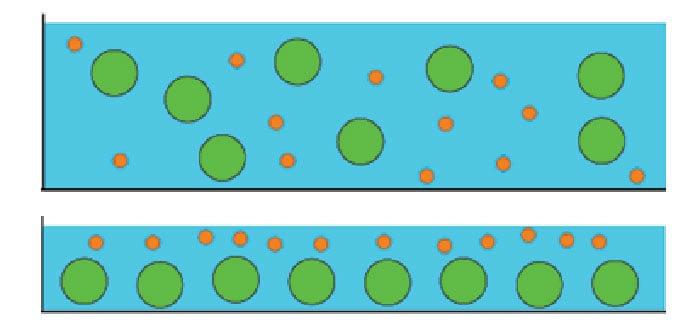Flash Physics is our daily pick of the latest need-to-know developments from the global physics community selected by Physics World‘s team of editors and reporters

Women are still under-represented in physics
Internationally, women only represent 25% of researchers in the physical sciences, compared with 40% in health and life sciences. This is the finding of a new study published by Elsevier that examines the gender trends across 27 research areas in 12 countries during the periods 1996–2000 and 2011–2015. According to the work, while the past 20 years has seen a significant increase in the percentage of women in scientific research, with nine of the 12 countries now over 40%, the physical sciences are still dominated by men. For physics and astronomy in both the UK and US, around 22% of researchers were women in 2011–2015. Although this is an increase from 15% during 1996–2000, women are still under-represented. Portugal, meanwhile, has the best ratio of women to men in physics and astronomy, with 37% of researchers being female. The team behind the study hopes that the empirical evidence will help governments, funders and institutions worldwide as they develop gender-balance initiatives. “[The report] will enable us to explore ideas about the causes of gender inequality in science,” explains Uta Frith of University College London in the UK, who provided guidance for the report. The study, which is freely available online, used high-quality data sources including Elsevier’s SciVal and Scopus, and the World Intellectual Property Organization (WIPO).
Mystery of drying paint cracked by new calculations

Last year, physicists made the surprising discovery that smaller particles in a layer of drying paint tend to move towards the air–paint interface, whereas larger particles move towards the surface being painted. This upended conventional wisdom, which suggested that smaller particles (which experience more random motion than larger particles) are more likely to diffuse away from the air interface. This response was expected to be driven by increased particle concentration near the air interface that is caused by evaporation. Now, Jiajia Zhou, Ying Jiang and Masao Doi at Beihang University in Beijing have come up with an explanation for why particles stratify in the opposite way. Writing in Physical Review Letters, they describe a model system that contains particles of two different sizes. The system is governed by the standard diffusion equation as well as an interaction between particles of different sizes. Their calculations suggest that the large particles do not tend to move towards the air interface because their size makes it difficult for them to push their way through the region of high particle concentration. This restricted mobility also features in a popular explanation of the “Brazil-nut effect“, whereby larger nuts in a shaken tin of mixed nuts tend to congregate at the top of the tin. The research could lead to the development of new techniques for creating layered structures – and better paint.
Gravitational-wave pioneer Ronald Drever dies

The Scottish physicist Ronald Drever, a key person behind the direct detection of gravitational waves, has died at the age of 85. Drever was born in 1931 in Bishopston, Scotland, and after studying a BSc in physics at the University of Glasgow, he graduated with a PhD from the same institution in 1958. Drever continued to work at Glasgow, setting up a research group on gravitational-wave physics and began building a prototype detector. In 1979, Drever then moved to the California Institute of Technology, where he worked on a gravitational-wave programme with the theorist Kip Thorne. Together with Rainer Weiss from the Massachusetts Institute of Technology, the trio co-founded the Laser Interferometer Gravitational-wave Observatory (LIGO), which is located in Hanford, Washington and Livingston, Louisiana. Drever retired in 2002 and his death comes just a year after LIGO announced the first direct detection of gravitational waves.
- You can find all our daily Flash Physics posts in the website’s news section, as well as on Twitter and Facebook using #FlashPhysics. Tune in to physicsworld.com later today to read today’s extensive news story on how a time crystal has been created in the lab.



